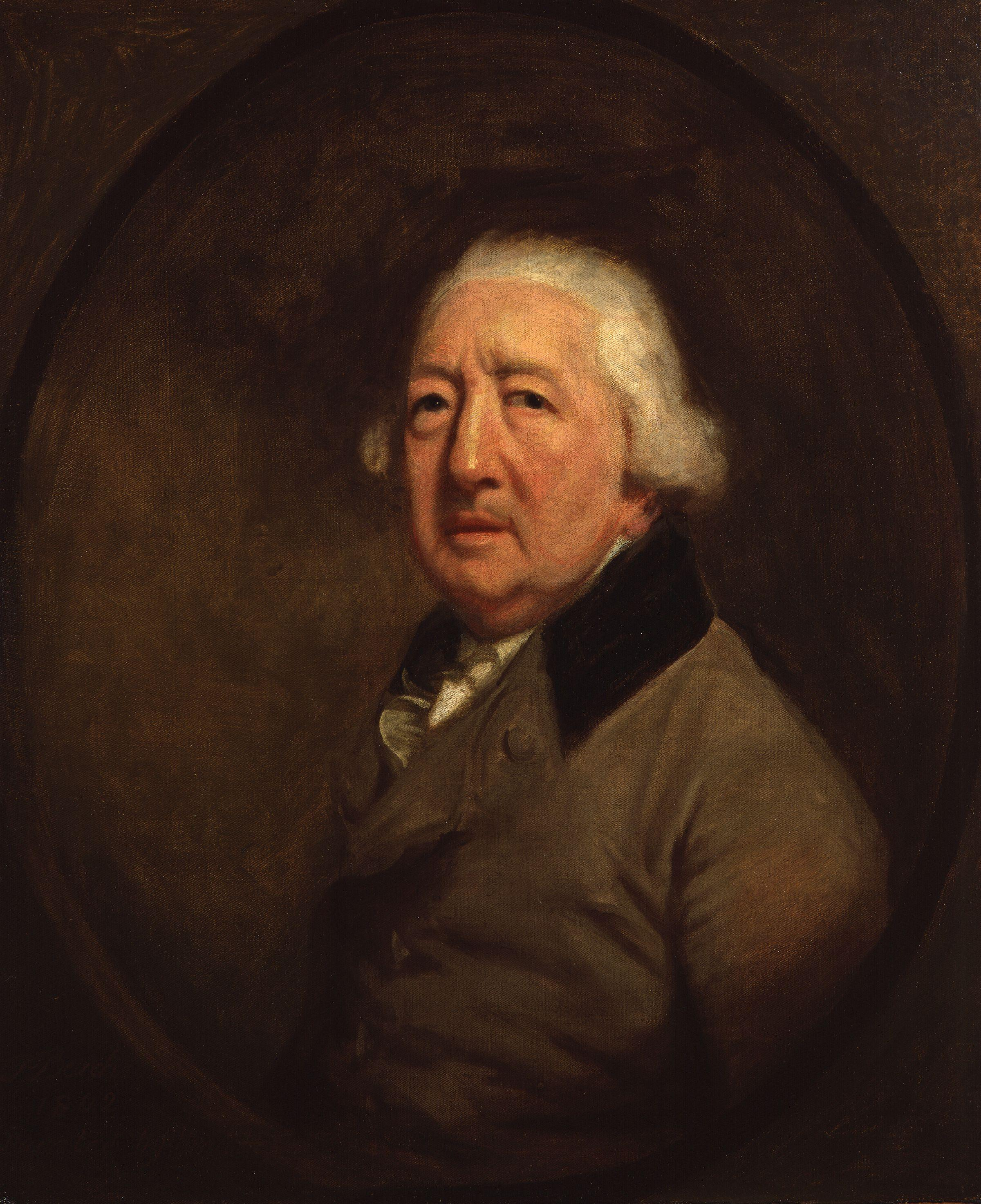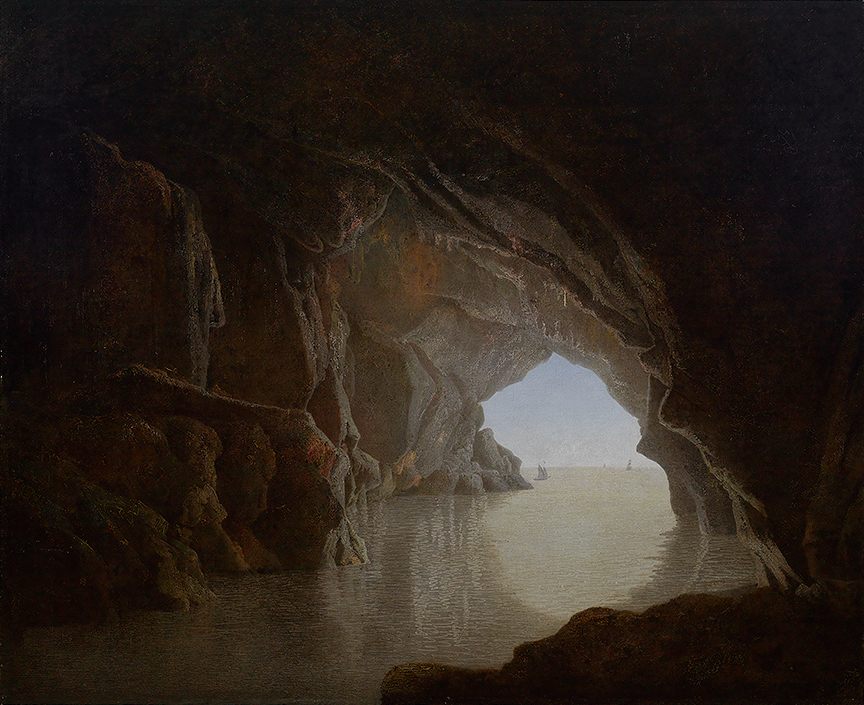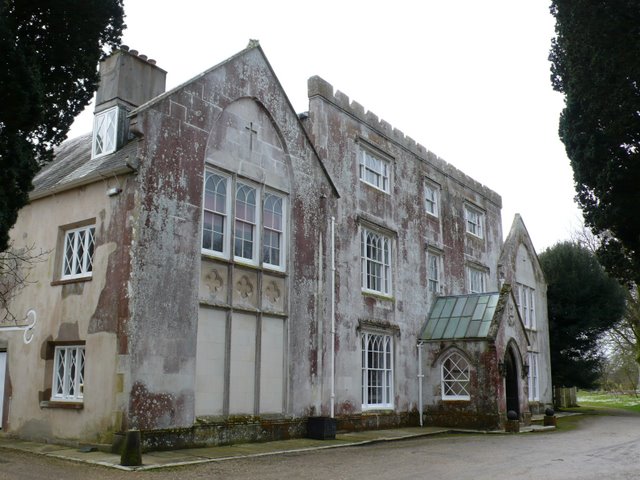|
Sir Edward Wilmot, 1st Baronet
Sir Edward Wilmot, 1st Baronet (1693–1786) was a surgeon and physician to both George II and George III of Great Britain. He became a successful physician, and his clients included the family of King George II. He was made a baronet in February 1730, becoming Sir Edward Wilmot, bart., of Chaddesden. Wilmot became the army's physician general and George III's physician. He resided at 18 Cork Street in Westminster. Early life The second son of Robert Wilmot and Joyce, daughter of William Sacheverell of Staunton, Leicestershire, he was born at his father's seat of Chaddesden near Derby on 29 October 1693. He entered St John's College, Cambridge and graduated B.A. in 1714. He was elected a fellow, took his M.A. degree in 1718 and M.D. in 1725. Physician He was admitted a candidate or member of the Royal College of Physicians on 30 September 1725, and was elected a fellow on 30 September 1726. In 1729 and 1741 he was a censor, and a Harveian orator in 1735. He was elected Fellow ... [...More Info...] [...Related Items...] OR: [Wikipedia] [Google] [Baidu] |
Chaddesden Hallc1900
Chaddesden, also known locally as Chadd, is a large residential suburb of Derby, United Kingdom. Historically a separate village centred on Chaddesden Hall and the 14th century St. Mary's Church, Chaddesden, St Mary's Church, the area was significantly expanded by 20th-century housing developments, and was incorporated into Derby in 1968. History There is evidence of Roman settlement such as Nottingham Road, a Roman road. The old village, recorded in Domesday Book as "Cedesene",''Domesday Book: A Complete Translation''. London: Penguin, 2003. p.1326 is situated two and a half miles east of the city. In 1086 it was a manor in the possession of Henry de Ferrers''Domesday Book: A Complete Translation''. London: Penguin, 2003. p.748 and was worth the sum of three pounds. The focal point of the village is probably the ancient St. Mary's Church, Chaddesden, church of St Mary's. It is important as a dated example of church architecture before the advent of the perpendicular style. I ... [...More Info...] [...Related Items...] OR: [Wikipedia] [Google] [Baidu] |
Thomas Herring
Thomas Herring (169323 March 1757) was Archbishop of Canterbury from 1747 to 1757. Early life and education He was the son of John Herring, rector of Walsoken in Norfolk, who had previously been vicar of Foxton, near Cambridge, and his wife, Martha Potts. He was educated at Wisbech Grammar School and Jesus College, Cambridge, matriculating in 1710, graduating B.A. 1714, M.A. 1717. Having migrated to Corpus Christi College, Cambridge in 1714, he was a fellow of Corpus Christi from 1716 to 1723, and graduated D.D. (''comitia regia'') in 1728. At Cambridge, he was an exact contemporary of Matthew Hutton, who succeeded him in turn in each of his dioceses. Career Herring became a close friend of Philip Yorke, the Solicitor General, who would later, as Lord Hardwicke, serve for many years as Lord Chancellor, and as such, was able to advance quickly. In 1727 he became a chaplain to King George II, in 1732 Dean of Rochester, and in 1737 he was appointed Bishop of Bangor, consecr ... [...More Info...] [...Related Items...] OR: [Wikipedia] [Google] [Baidu] |
Baronets In The Baronetage Of Great Britain
A baronet ( or ; abbreviated Bart or Bt) or the female equivalent, a baronetess (, , or ; abbreviation Btss), is the holder of a baronetcy, a hereditary title awarded by the British Crown. The title of baronet is mentioned as early as the 14th century, however in its current usage was created by James I of England in 1611 as a means of raising funds for the crown. A baronetcy is the only British hereditary honour that is not a peerage, with the exception of the Anglo-Irish Black Knights, White Knights, and Green Knights (of whom only the Green Knights are extant). A baronet is addressed as "Sir" (just as is a knight) or "Dame" in the case of a baronetess, but ranks above all knighthoods and damehoods in the order of precedence, except for the Order of the Garter, the Order of the Thistle, and the dormant Order of St Patrick. Baronets are conventionally seen to belong to the lesser nobility, even though William Thoms claims that: The precise quality of this dignity is not ... [...More Info...] [...Related Items...] OR: [Wikipedia] [Google] [Baidu] |
1786 Deaths
Events January–March * January 3 – The third Treaty of Hopewell is signed, between the United States and the Choctaw. * January 6 – The outward bound East Indiaman '' Halsewell'' is wrecked on the south coast of England in a storm, with only 74 of more than 240 on board surviving. * February 2 – In a speech before The Asiatic Society in Calcutta, Sir William Jones notes the formal resemblances between Latin, Greek, and Sanskrit, laying the foundation for comparative linguistics and Indo-European studies. * March 1 – The Ohio Company of Associates is organized by five businessmen at a meeting at the Bunch-of-Grapes Tavern in Boston, to purchase land from the United States government to form settlements in what is now the U.S. state of Ohio. * March 13 – Construction begins in Dublin on the Four Courts Building, with the first stone laid down by the United Kingdom's Viceroy for Ireland, the Duke of Rutland. April–June * April 2 ... [...More Info...] [...Related Items...] OR: [Wikipedia] [Google] [Baidu] |
1693 Births
Events January–March * January 11 – 1693 Sicily earthquake: Mount Etna erupts, causing a devastating earthquake that affects parts of Sicily and Malta. * January 22 – A total lunar eclipse is visible across North and South America. * February 8 – The College of William & Mary in Williamsburg, Virginia is granted a Royal charter. * February 27 – The publication of the first women's magazine, titled ''The Ladies' Mercury'', takes place in London. It is published by the Athenian Society. * March 27 – Bozoklu Mustafa Pasha becomes the new Grand Vizier of the Ottoman Empire, after Sultan Ahmed II appoints him as the successor of Çalık Ali Pasha. April–June * April 4 – Anne Palles becomes the last accused witch to be executed for witchcraft in Denmark, after having been convicted of using powers of sorcery. King Christian V accepts her plea not to be burned alive, and she is beheaded before her body is set afire. * April 5 – The Order of Saint L ... [...More Info...] [...Related Items...] OR: [Wikipedia] [Google] [Baidu] |
People From Chaddesden
A person ( : people) is a being that has certain capacities or attributes such as reason, morality, consciousness or self-consciousness, and being a part of a culturally established form of social relations such as kinship, ownership of property, or legal responsibility. The defining features of personhood and, consequently, what makes a person count as a person, differ widely among cultures and contexts. In addition to the question of personhood, of what makes a being count as a person to begin with, there are further questions about personal identity and self: both about what makes any particular person that particular person instead of another, and about what makes a person at one time the same person as they were or will be at another time despite any intervening changes. The plural form "people" is often used to refer to an entire nation or ethnic group (as in "a people"), and this was the original meaning of the word; it subsequently acquired its use as a plural form of per ... [...More Info...] [...Related Items...] OR: [Wikipedia] [Google] [Baidu] |
Wilmot Baronets
There have been three baronetcies created for persons with the surname Wilmot, one in the Baronetage of Ireland and two in the Baronetage of Great Britain. One creation (of Chaddesden) is extant as of 2008. The Wilmot Baronetcy, of Witney in the County of Oxford, was created in the Baronetage of Ireland on 1 October 1621 for Arthur Wilmot. The title became extinct on his death in 1629. He lived at Wield, Hampshire and was uncle of Charles, Viscount Wilmot to whom he left most of his estate, while also providing for Dorothy Waringe wife of Arnold Waringe, who was probably his natural daughter.'The Wild Wilmots' ''The Ancestor'' XI (1904), 1–2 17–18. The Wilmot Baronetcy, of Chaddesden in the County of Derby, was created in the Baronetage of Great Britain on 15 February 1759 for Edward Wilmot, Physician to the Army and Physician-in-Ordinary to King George II and King George III. The third and fourth Baronets served as High Sheriff of Derbyshire in 1803 and 1852 respectively. ... [...More Info...] [...Related Items...] OR: [Wikipedia] [Google] [Baidu] |
Thomas Beach (painter)
Thomas Beach (1738 – 17 December 1806) was a British Portrait painting, portraitist who studied under Sir Joshua Reynolds. Life and work Beach was born at Milton Abbas, Dorset in 1738, and showed. a strong predilection for art from an early age. In 1760, under the patronage of Earl of Dorchester, Lord Dorchester's family, he became a pupil of Sir Joshua Reynolds, while at the same time studying at the St. Martin's Lane Academy. He then settled at the fashionable resort of Bath, Somerset, Bath, where he was much in demand for his portraits and portrait groups, which were usually of a small size. He painted the actress Sarah Siddons several times. In his first portrait of her, painted in the winter of 1781–2, she is shown seated, in everyday clothes, holding a book. He depicted her again later in 1782, in one of his more ambitious works, an allegorical portrait inspired by John Milton, Milton's ''Il Penseroso'', in which she represented the personification of ''Melancho ... [...More Info...] [...Related Items...] OR: [Wikipedia] [Google] [Baidu] |
Joseph Wright Of Derby
Joseph Wright (3 September 1734 – 29 August 1797), styled Joseph Wright of Derby, was an English landscape and portrait painter. He has been acclaimed as "the first professional painter to express the spirit of the Industrial Revolution". Wright is notable for his use of tenebrism, an exaggerated form of the better known chiaroscuro effect, which emphasizes the contrast of light and dark, and for his paintings of candle-lit subjects. His paintings of the birth of science out of alchemy, often based on the meetings of the Lunar Society of Birmingham, a group of scientists and industrialists living in the English Midlands, are a significant record of the struggle of science against religious values in the period known as the Age of Enlightenment. Many of Wright's paintings and drawings are owned by Derby City Council, and are on display at the Derby Museum and Art Gallery. Life Joseph Wright was born in Irongate, Derby, to a respectable family of lawyers. He was the third ... [...More Info...] [...Related Items...] OR: [Wikipedia] [Google] [Baidu] |
Richard Mead
Richard is a male given name. It originates, via Old French, from Old Frankish and is a compound of the words descending from Proto-Germanic ''*rīk-'' 'ruler, leader, king' and ''*hardu-'' 'strong, brave, hardy', and it therefore means 'strong in rule'. Nicknames include "Richie", "Dick", "Dickon", " Dickie", "Rich", "Rick", "Rico", "Ricky", and more. Richard is a common English, German and French male name. It's also used in many more languages, particularly Germanic, such as Norwegian, Danish, Swedish, Icelandic, and Dutch, as well as other languages including Irish, Scottish, Welsh and Finnish. Richard is cognate with variants of the name in other European languages, such as the Swedish "Rickard", the Catalan "Ricard" and the Italian "Riccardo", among others (see comprehensive variant list below). People named Richard Multiple people with the same name * Richard Andersen (other) * Richard Anderson (other) * Richard Cartwright (other) * Ri ... [...More Info...] [...Related Items...] OR: [Wikipedia] [Google] [Baidu] |
Winterborne Monkton
Winterborne Monkton is a small village and civil parish in the county of Dorset in southern England. It lies close to the A354 road between the county town Dorchester, to the north, and the coastal resort Weymouth, to the south. Dorset County Council's 2013 mid-year estimate of the parish population was 50. Winterborne Monkton village consists of a few houses and the church of St Simon & St Jude. The hill fort A hillfort is a type of earthwork used as a fortified refuge or defended settlement, located to exploit a rise in elevation for defensive advantage. They are typically European and of the Bronze Age or Iron Age. Some were used in the post-Roma ... of Maiden Castle stands to the northwest. References External links Winterborne Monkton Local History Villages in Dorset {{Dorset-geo-stub ... [...More Info...] [...Related Items...] OR: [Wikipedia] [Google] [Baidu] |
Herringston
Winterborne Herringston, also Winterbourne Herringston, is a small civil parish and hamlet containing about 600 acres in Dorset, England, 1.4 miles south of Dorchester. The only significant structure is Herringston House, a Grade II* listed 14th-century manor house which has been the home of the Williams family since 1513. The name is derived from the small river Winterborne or Winterbourne and from the family of Herring, the mediaeval owners. It was originally part of the parish of the abandoned village of Winterborne Farringdon, and from the 17th to the 19th century of Winterborne Came. Ecclesiastically it is now included in the parish of Winterborne Monkton Winterborne Monkton is a small village and civil parish in the county of Dorset in southern England. It lies close to the A354 road between the county town Dorchester, to the north, and the coastal resort Weymouth, to the south. Dorset Coun .... References External linksOrdnance Survey Hamlets in Dorset ... [...More Info...] [...Related Items...] OR: [Wikipedia] [Google] [Baidu] |



_1938.jpg)


